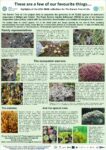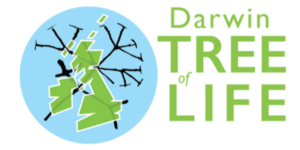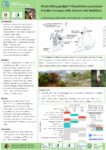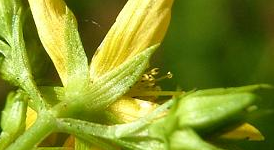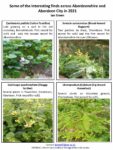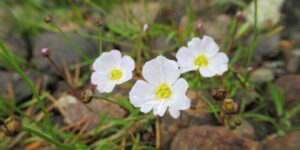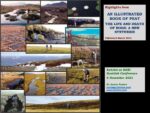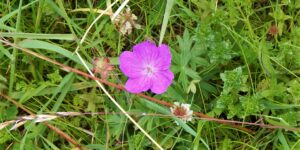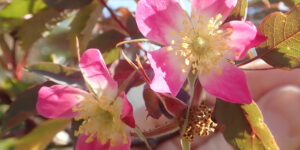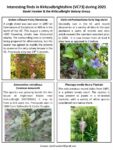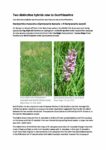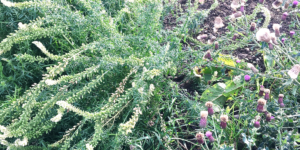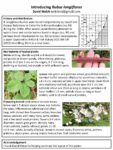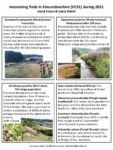These are a few of our favourite things… Highlights of the 2021 RBGE collections for the Darwin Tree of Life
The Darwin Tree of Life is an ambitious project that aims to sequence the genomes of all 70,000 species of eukaryotic organisms of Britain and Ireland. The Royal Botanic Garden Edinburgh (RBGE) is one of six Genome Acquisition Labs (GALs), tasked with the collection, identification and curation of samples for the project. Here we show some of our favourite collections from 2021.
